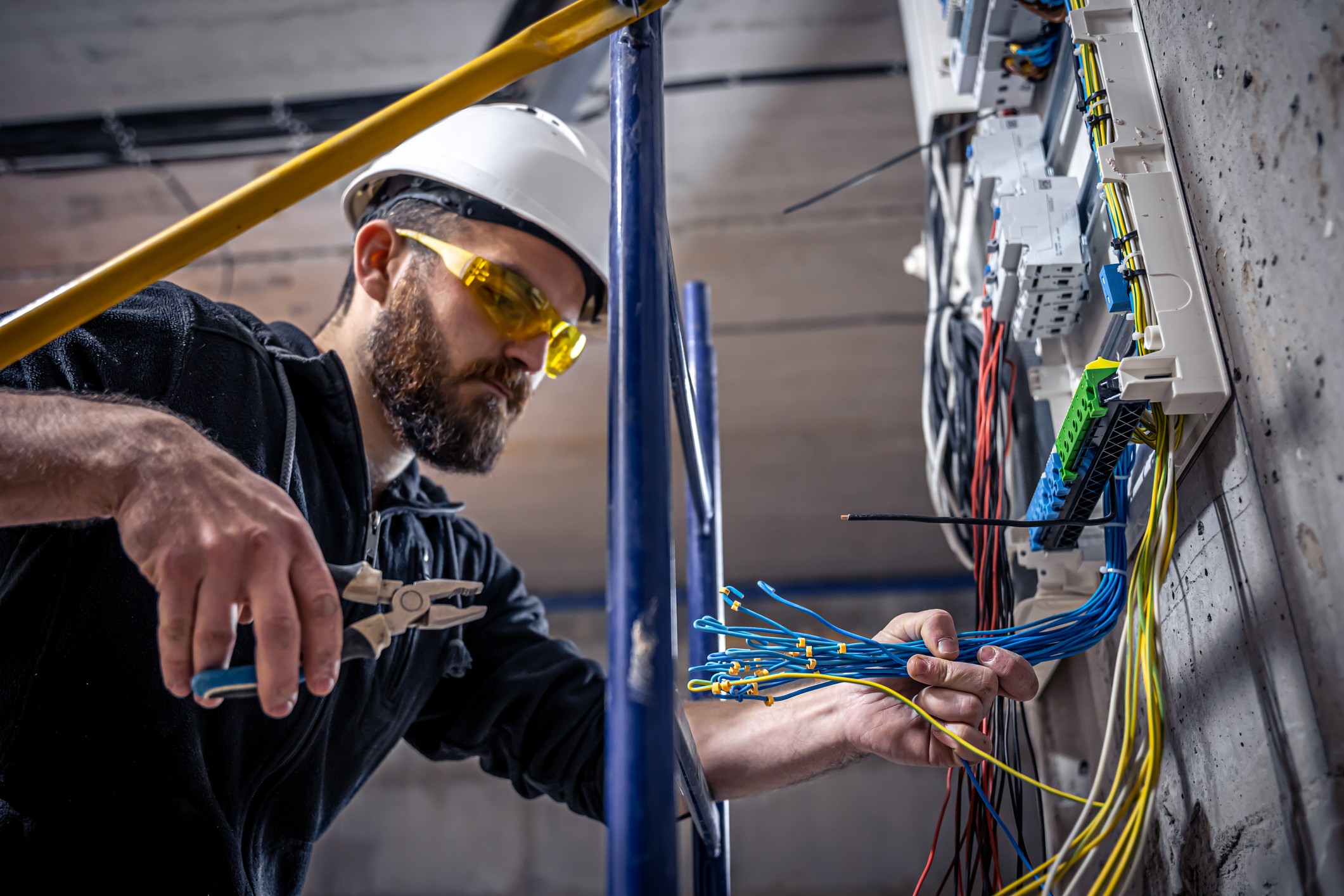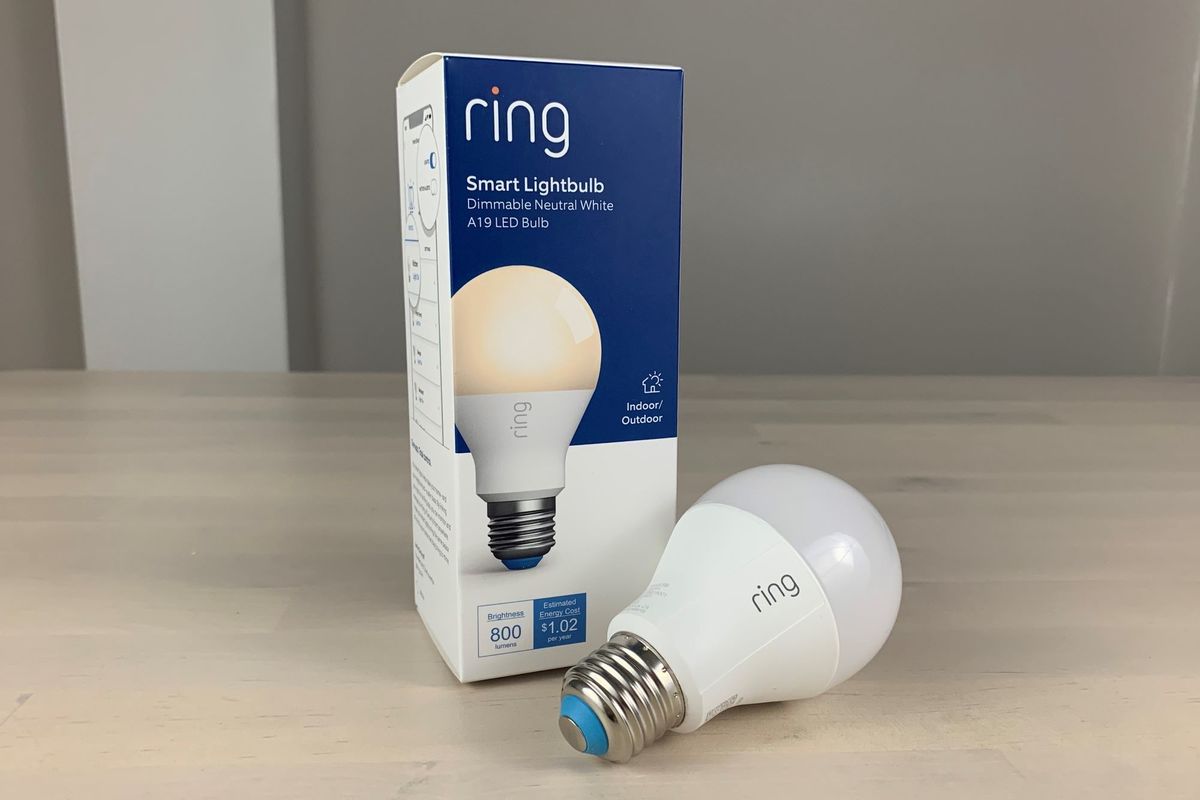5 Tips For Choosing a Smart IoT Lighting Platform
In the digital age, you don’t just have energy-efficient homes; you have smart homes that go beyond just LED lighting and incorporate an IoT lighting platform. These homes use an intelligent lighting system that leverages sensor-based lighting. LED lights are only part of the smart lighting solution that is based on lighting control technology, lighting design, and luminaries.
What is a Smart Lighting Solution?
Here are the components of a smart lighting solution:
LED Technology:
Switching from conventional fluorescent technology to LED technology is just one aspect of smart lighting for home. It leads to energy savings and lower electricity bills, but you need lighting control technology to benefit from IoT lighting fully. This LED technology receives and sends information from other digital devices.
Sensors:
Sensors detect any change in the physical environment. It could be motion, temperature, or lighting. The central control system of IoT lighting gets data from the sensors that are an essential part of the system.
Software:
The main software components in the IoT lighting system are IoT devices, gateway software, smartphone app, and cloud software. The IoT device software includes sensors or actuators, a smartphone app is used for monitoring sensors, and cloud computing connect the smartphone to the smart lighting for home.
Data Analysis:
For improving efficiency, both real-time and historical data are analysed.
Network:
All the components in the smart lighting system are connected by the network.
5 Things to Look for in a Smart IoT Lighting Platform
Here are five things that your smart IoT lighting platform should have:
Should be Scalable:
You need to go for a software-based architecture that can easily be scaled to meet the growing needs of your home. Upgrading software is more manageable than upgrading hardware as it would be more expensive and needs physical effort. There is no need to worry about adding more features or improving functionality since you have the foundation for that.
Flexible and Agile:
You need software that can adapt quickly to change. When you make structural changes in your home due to the addition of new members or members leaving the family, your IoT lighting will change as well, along with other smart home applications. The infrastructure should include wireless smart light bulbs. You will be able to operate these smart bulbs with your smartphone.
Your infrastructure should support any brand of IoT lights and the software requirements of these lights. With smart lighting for home, you will get granular data required for smart home IoT applications.
Wireless System
Smart lighting for a home should include both wireless systems. Wireless technology is continually improving, and you will get more features in the future. You should be prepared for wireless IoT lights to take your smart home to the next level.
Cost is no longer a factor when it comes to wireless systems for your home. The costs of installing a wireless system compared to hard-wired systems are less and additionally, it can be installed faster, and it offers higher flexibility.
Choose a Non-proprietary Platform
When it comes to getting a platform for IoT lighting, go for a non-proprietary, open-source option. You will get a more dynamic smart lighting for home that will include the latest technologies and innovations. You get more options with open source applications.
The application should be cloud compatible so that you get more advanced apps on your phone as they are developed. This makes operating the latest smart light bulbs easier.
User-Friendly Experience
Go for an IoT lighting platform that is user-friendly and can be operated by anyone. The purpose of the platform is to ensure that there is no complexity when it comes to running the lighting in your home.
Get Smart Lighting For Your Smart Home
Technology is evolving, and you should have the right platform to ensure smart lighting for home. It should be easily scalable, flexible, and user-friendly. Smart bulbs that use wireless technology are replacing LED bulbs. Switch to smart!










